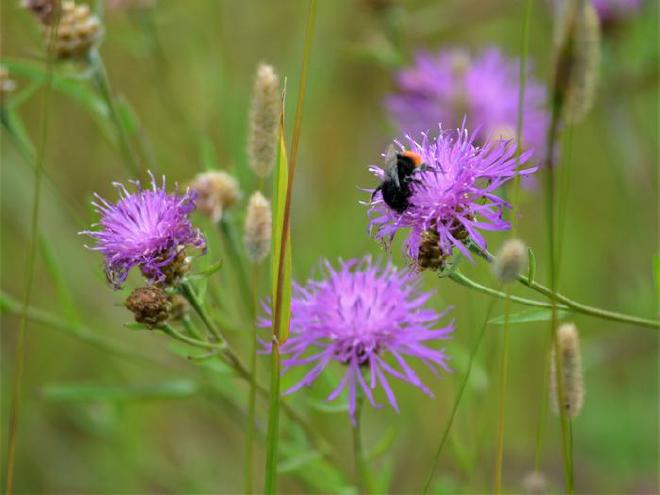

The researchers analysed the impact of three large-scale environmental measures in 32 agricultural landscapes: the creation of organic farmland; areas planted with flowers that bloom annually; and near-natural habitats using plants that return year after year. This enabled them to determine how different habitat combinations influenced wild bee abundance and species diversity.

“Our findings show that a well-designed mix of habitat types is key. When areas complement each other in terms of food and nesting resources, they can support a wider range of wild bee species,” explained Kathrin Czechofsky, PhD researcher in Functional Agrobiodiversity and Agroecology at the University of Göttingen. Dr Annika Hass, a lead researcher from the ComBee project, added: “This study offers important guidance for shaping future measures for agriculture and the environment. It highlights the value of coordinated, landscape-scale planning.”
The research is part of the ComBee project, a collaboration between the Universities of Göttingen and Halle. More information about the project can be found here: https://www.uni-goettingen.de/en/646422.html. The project was funded by Germany’s Federal Ministry of Food and Agriculture (BMEL) and the German Research Foundation (DFG).
- The paper Landscape-level synergistic and antagonistic effects among conservation measures drive wild bee densities and species richness was published in the Journal of Applied Ecology of the British Ecological Society Authors: Kathrin Czechofsky, Catrin Westphal, Robert J. Paxton, Annika L. Hass
Contact: [Notaspampeanas](mailto: notaspampeanas@gmail.com)

